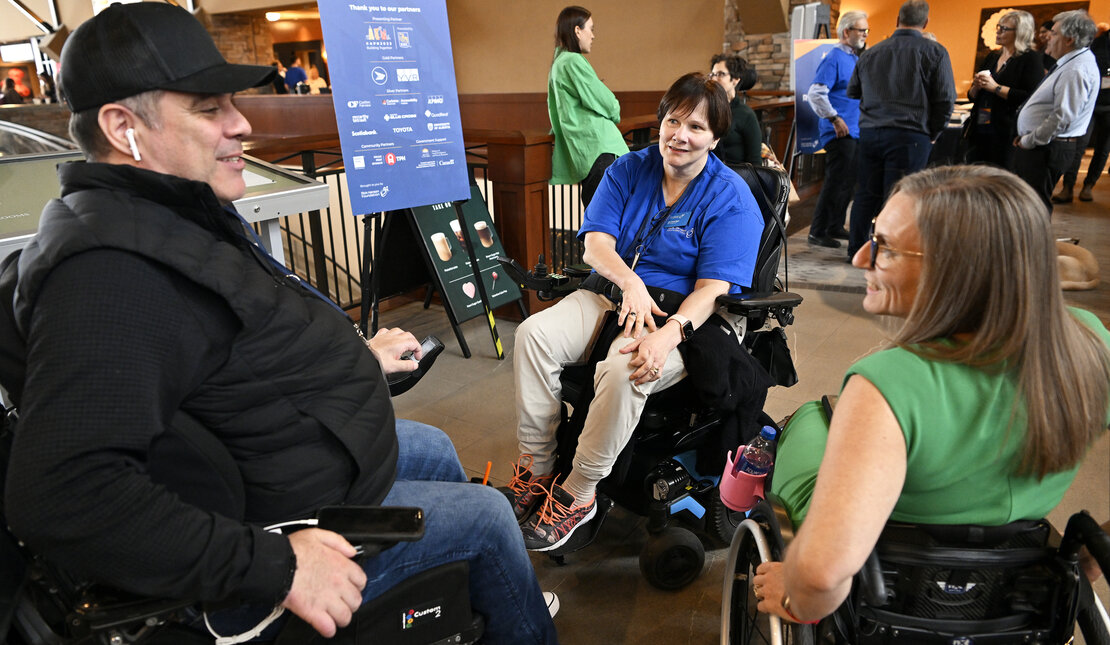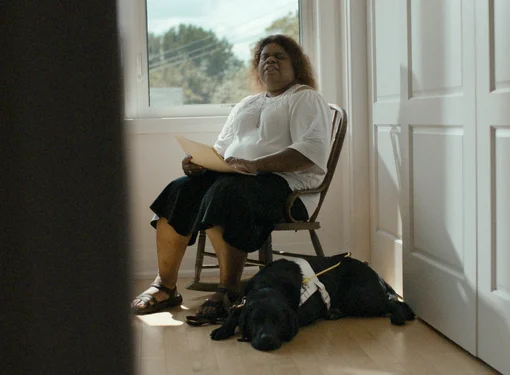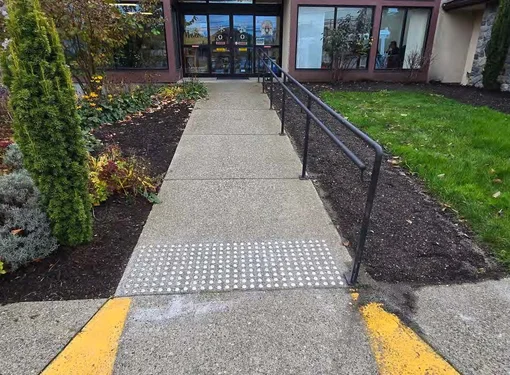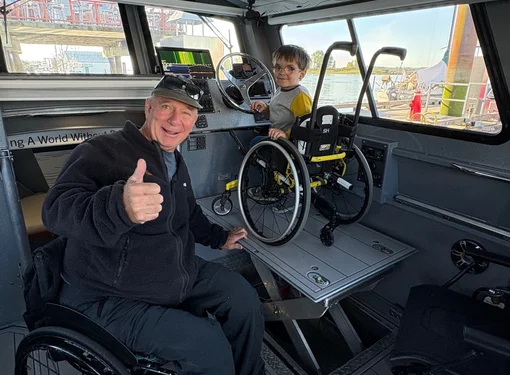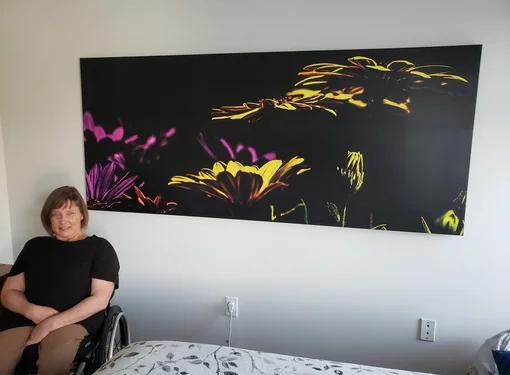More than a Conference: 4 Takeaways from #APN2023
Building Together. This was the theme of the Rick Hansen Foundation Accessibility Professional Network conference held on March 1 and 2, 2023. This year’s theme resonated because we can’t build an inclusive environment alone. Removing physical and attitudinal barriers to participation to create a truly inclusive society that includes 1 in 4 Canadians with a disability will take all of us working together.
#APN2023: Building Together presented by Royal Bank of Canada was a resounding success. Hundreds attended the conference in person at the River Rock Casino Resort in Richmond, B.C. and online over the two days that were packed with incredible sessions featuring national and international leaders of accessibility and inclusion. The conference brought together people to enable inspiring conversations and meaningful connections to empower them to lead the way in the growing movement toward an accessible and inclusive country.
While we could have written a blog on each of the sessions as every single one provided so much insight, here are some of our top takeaways:
#1: Removing Attitudinal Barriers is Key
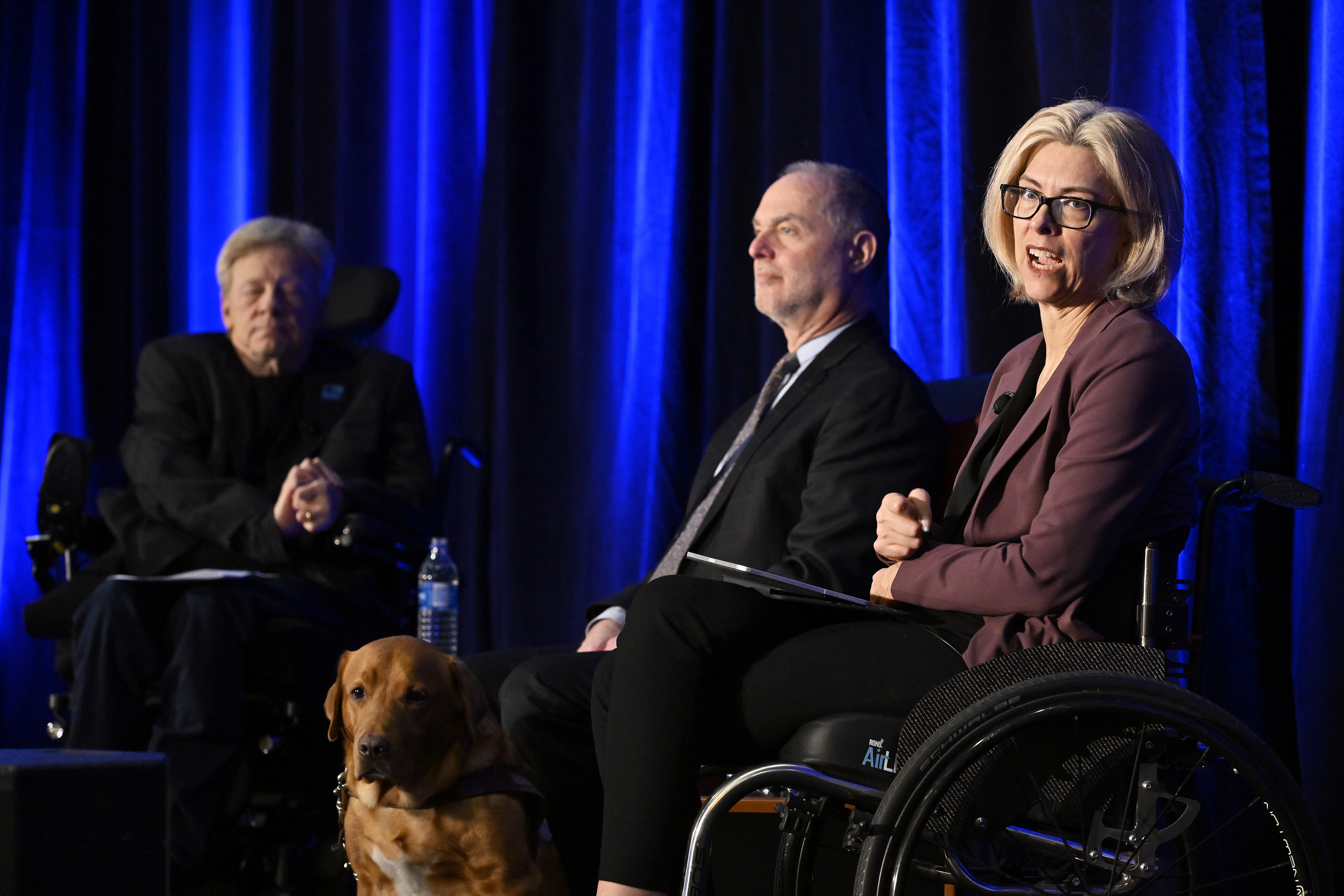
No matter the session, the topic of attitudes came up. Panelists echoed the same sentiment: misconceptions and outdated ideas about people with disabilities are major barriers to inclusion. The opening keynote, Toward a United and Accessible Canada, featured Stephanie Cadieux, Chief Accessibility Officer for the Government of Canada, and Michael Gottheil, Accessibility Commissioner for the Canadian Human Rights Commission. Stephanie stated that an important aspect of her work is promoting conversations around accessibility.
“Lasting change is not going to come without confronting attitudinal barriers, overcoming unconscious bias, and working to help shift collective mindsets,” she said. “We are working to change the way disability is perceived so that accessibility is embraced as a valuable enhancement to culture, not a burden. We need to get to a place where accessibility is not only the standard, but it’s the expectation. When a site isn’t accessible, it’ll be glaring. People will immediately recognize it, and businesses will recognize that a lack of accessibility will hurt their bottom line and their reputation.”
Gottheil added an interesting point that physical and mental disabilities are split down the middle in terms of disability claims. “Disability is the only area of discrimination where the complainant essentially has to diminish themselves in order to prove their claim,” he pointed out, adding that recent accessibility legislation tackles one of the root causes behind discrimination – challenging what society considers normal and acceptable.
#2: Embracing and Maintaining Tech is So Important
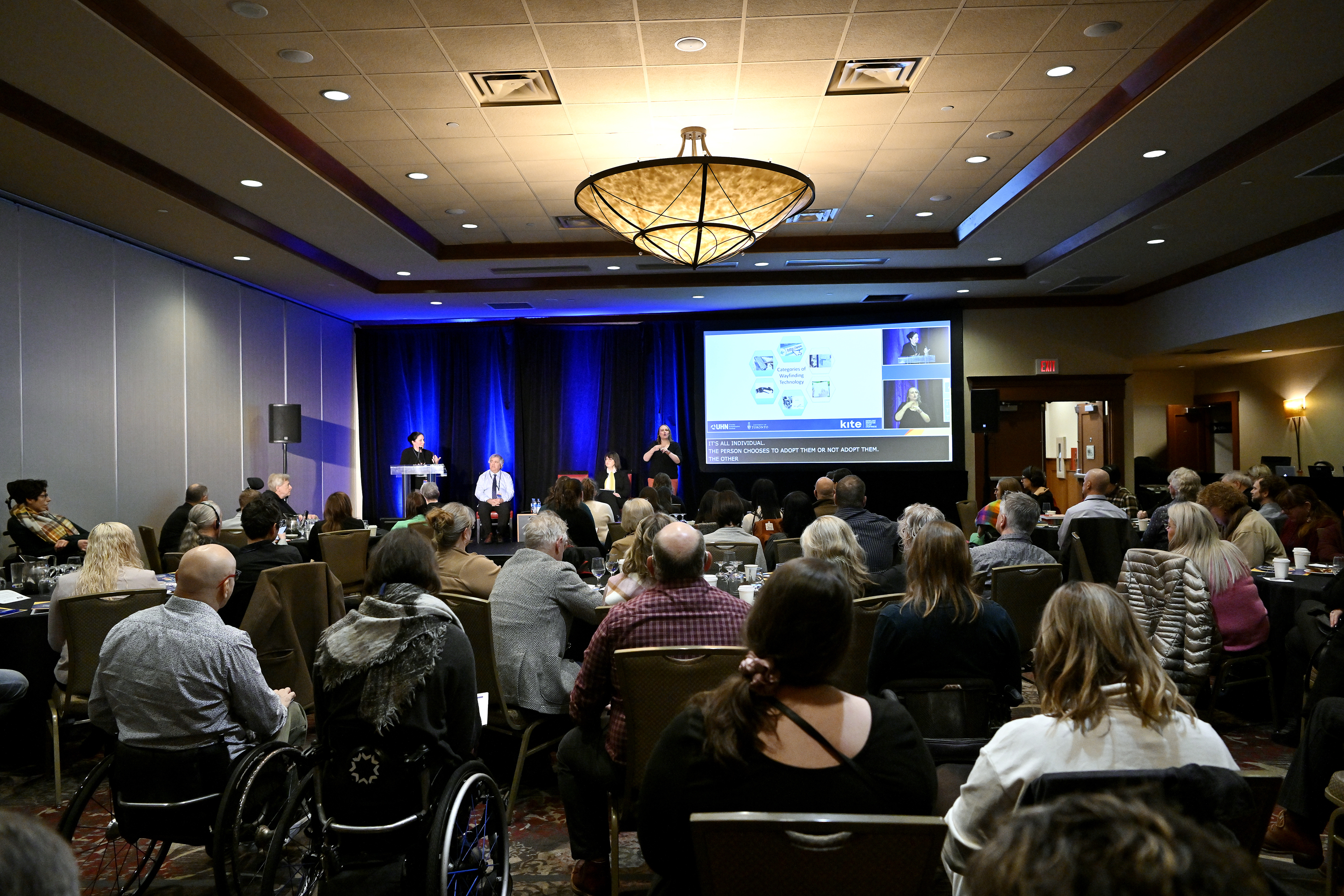
Technology is increasingly playing an important role in accessibility. In the case of apps, especially those discussed during the APN conference session Navigable Environments and Wayfinding, it’s important for developers to consider the entire wayfinding journey from planning to departure to arriving back at the starting destination. Alison Novak, during her talk outlining an in-progress study she’s conducting with KITE Research Institute, said that technology changes so fast that what might be useful today might not be useful tomorrow.
“Who’s responsible for preventative maintenance of an app? We rely on tech, and then it breaks down then what happens?” she asked. “If an organization or a company is going to develop an app or develop a website to assist with wayfinding, then what are the responsibilities with respect to maintenance of that to ensure it’s up to date? That should be part of our wayfinding standards moving forward.”
Lui Greco, Manager of Regulatory Affairs and Atlantic Canada Advocacy for CNIB, delivered a fascinating presentation that included a video of his perspective of navigating a mall as a blind person. In addition to the desperate need to harmonize accessibility standards, such as in the case of tactile warning systems, he said people with disabilities should also learn about assistive technology.
“I’m not really capable or competent to speak to the challenges faced by other people with disabilities, but I know for people with sight loss that if you don’t acquire a sense of confidence, all the tech in the world is going to be absolutely useless,” he said. “If people are just willing to invest a little bit of time and some trial and error, some of the many things that create barriers, perceived barriers, will no longer be barriers.”
#3: There are Still Myths to Be Busted About Access in the Built Environment
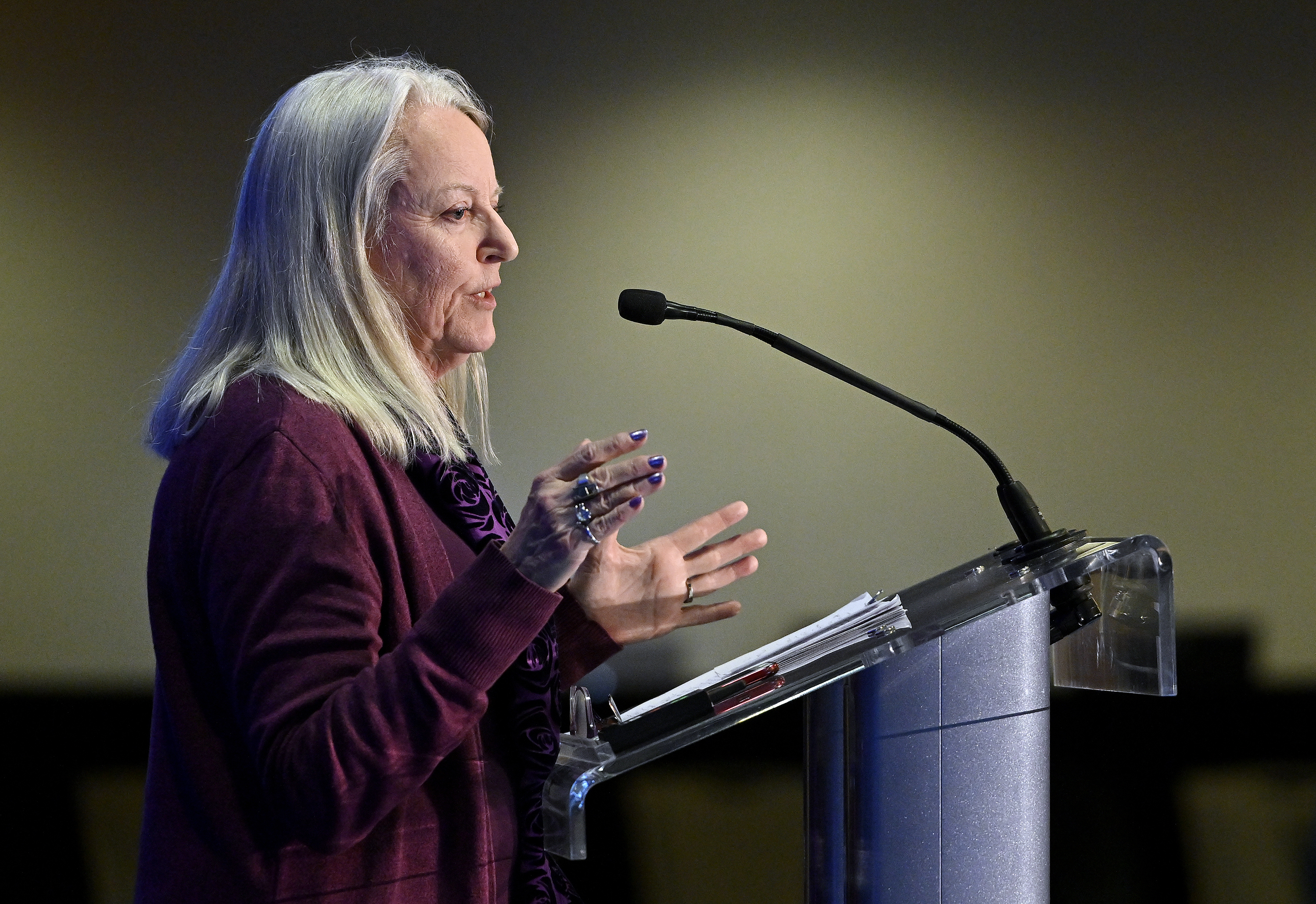
From the Roadmaps to Accessibility and Quality in the Built Environment keynote: since 1952, more than 6,000 buildings and places have received awards for high quality in Canada. According to research conducted by presenter Jean-Pierre Chupin and his students at Université de Montréal, accessibility is not considered part of the award criteria. “There are just a few mentions of vague notions of inclusivity and limited consideration on accessibility in all these awards in Canada which means that accessibility is not part of a definition of quality,” Jean-Pierre concluded.
Ron Wickman, architect, opened his presentation as part of the session Setting the Standard for Accessible Housing with an introduction to his father, who sustained a spinal cord injury when Ron was young. Ron always designed for accessibility because he was designing with his dad, a wheelchair user, in mind. In Ron’s opinion, the three things that must be included in accessible housing are: getting into a house and having accessible necessities such as a bathroom; vertical circulation (how to get from one floor to another); and designing bathrooms to function like a wet room. “I think a lot of people that promote accessible architecture understand that it’s a sustainability issue,” Ron said. “But, surprisingly, a lot of people who promote sustainable design or energy efficiency don’t know that much about accessibility. So, it doesn’t go both ways. And it should.”
In the same session, panelist Julie Sawchuk, who sustained a spinal cord injury as an adult, pointed out that accessibility in homes goes beyond simple convenience. “If people aren’t able to do everything that they want to do in their homes, what does that mean for their ability to contribute to their communities, to volunteer, to work, to workout, play with their kids, coach a sports team? Whatever it is, people should have the energy that they need to do those things,” she said. “And the only way we can do that is by using tools like the new CSA/ASC B652 Accessible dwellings standard.”
An interesting fact that emerged from the keynote An Ounce of Prevention is Worth a Pound of Cure: Retrofitting Costs in the Building Lifecycle – last year is the first year that more than 50% of architectural work in the United States focused on renovations. It’s a perfect opportunity to make buildings more inclusive, but one of the pervasive myths is that “it costs too much.”
“Cost is not the barrier; attitude is the barrier,” said Darryl Condon of hcma.
Some sites are doing tremendous work when it comes to retrofitting. For instance, Canada Post recently earned an RHF Accessibility Certified™ (RHFAC) Gold rating for its administrative building in Ottawa, Ontario. Accessibility improvements included noise-dampening features for better sound quality, a living wall for wayfinding, universal washrooms on every floor, a microphone at the front entrance to assist those who have hearing loss, and braille and tactile indicators – just to name a few.
Dr. Karen Keddy, Associate Professor of the Department of Architecture at Ball State University, said during her keynote Teaching Disability Justice to Architecture Students that she shows the difference between equality and equity. She uses a visual of three people of varying heights watching a baseball game over a fence. Giving them the same stool to stand on is equal access, but doesn’t work for the shortest person. Customizing the stool for the shortest person is providing equitable access. But just removing the fence altogether means there’s no need for any stools whatsoever.
“We go beyond talking about physical barriers in my architecture course,” she said. “I want my students to understand the attitudinal barriers that exist along with other barriers and policies and practices.”
#4 We Must Build Together
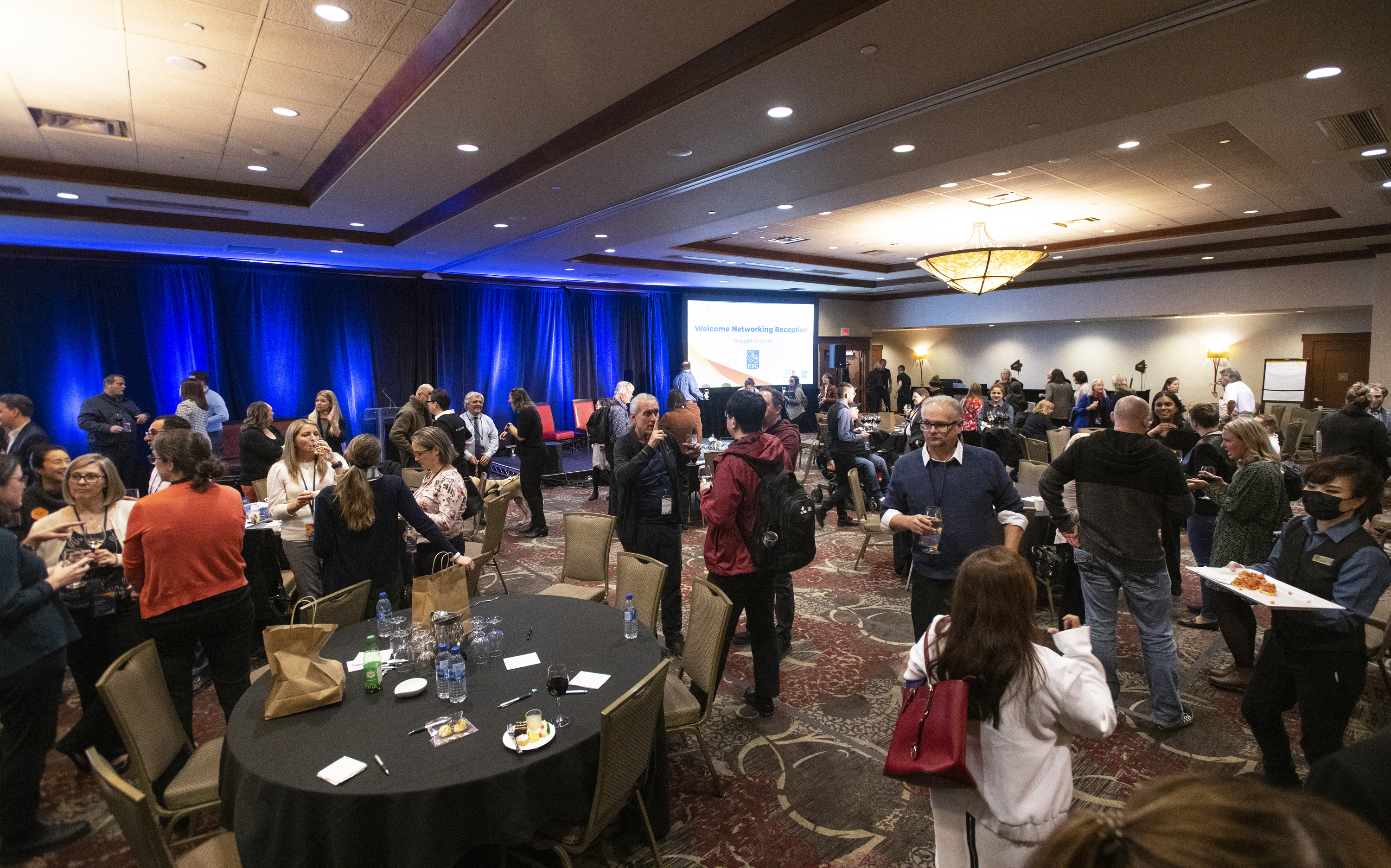
To create a world where everyone can go everywhere, society has to have an all-in attitude.
When it comes to creating inclusive and accessible outdoor spaces, let’s build accessible playgrounds in our neighbourhoods so children and their families can play alongside their friends. Stuart McReynolds, Associate Vice President of Programs & Advocacy for Canadian Tire Jumpstart, presented some facts during his presentation as part of the session Inclusive Play and Outdoor Accessibility: 11% of children and youth with disabilities are active for at least 60 minutes a day compared to 39% of kids without disabilities. He pointed out that a truly accessible playground is more than play; “It's about bringing families together, it's about providing children an opportunity to develop friendships, and experience the benefits of playing sport.”
Shira Stanfield, during the same session, presented on behalf of Advisor of Accessibility and Inclusion for Parks Canada. As a person with lived experience, she emphasized the importance of a complete experience, from planning and travelling to arriving, visiting, departing, and the remembering. Shira added that consulting with people with disabilities is a key part of improving accessibility.
The importance of consulting with those with lived experience was echoed in the session Getting There: Accessible Travel and the Transportation Problem. The gist: decision-makers need to care about accessibility, improve the communication process so that people’s needs are met, and improve staff training around accessibility and inclusion.
As far as tourist attractions, Peter George, Chief Operating Officer at CN Tower in Toronto, ON, said that the site, which recently achieved RHFAC Gold, adopted a people-first philosophy. “The CN Tower is more than an attraction, it is Canada’s celebration destination. We want it to be inclusive for everyone to come and have a great time.”
To sum up the reason behind #APN2023. In Stephanie’s keynote, she stated:
“We currently have more than six million Canadians living with a disability. That’s more than 22% of the population… Think about that. That is just far too many lives and experiences curtailed and way too much untapped potential that we’re missing out on.”
